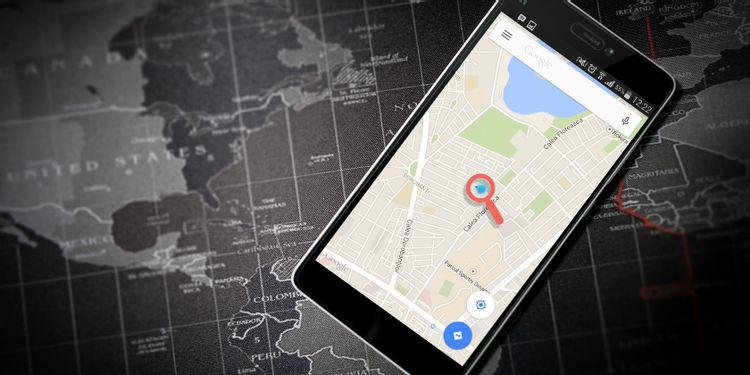Why you are a safer driver with GPS?

When pilots are being trained, they're often told "first, you aviate, then you navigate." That's good advice for flying and for driving a car (just substitute driving for aviation in the phrase). It's a reminder worth repeating to yourself if you find you are becoming distracted at the wheel. Your first and most important job is staying aware of your environment and keeping your vehicle where it belongs.
In-car GPS is a potential distraction, and "distracted driving" as the safety experts call it, is a common cause of accidents. That said, you are a much safer driver overall if you use your in-car GPS wisely and follow some basic rules.
Reasons Why You're Safer With GPS
- You know where you're going. Being lost and/or being distracted as you try to see street signs and get oriented is a significant and dangerous distraction. You are rarely lost with a GPS in use, and even if you miss a turn, the GPS will recalculate the route automatically and get you where you need to go with minimal stress and distraction.
- You don't need to deal with maps. Handling and reading maps while driving is a feat we have all attempted, but it's a significant distraction. Even with a passenger doing the map reading and providing directions (this doesn't always go smoothly, does it?), you are better off with GPS.
- GPS improves night driving safety. Not often discussed, but in our opinion, one of the best features of in-car GPS is the fact that it gives you better road awareness at night and in low-visibility conditions. At night, and especially during bad-weather night driving, a GPS will tell you about and show you an upcoming turn, ramp, etc. long before you can see it. On dark back roads, the GPS map will give you a preview of what's ahead.
- You know which lane to be in. One of the challenges of driving unfamiliar and busy multi-lane highways is knowing which lane you'll need for an upcoming exit. A good-quality text-to-voice GPS will tell you the correct lane well in advance.
- Safety features, such as hands-free calling, special help buttons that show you the nearest police, hospital, garage, and more.
Just remember, first you aviate (or drive) and then you navigate as a second priority. It's up to you to use your driving directions in a way that enhances, rather than detracts from safe driving.
- Art
- Causes
- Crafts
- Dance
- Drinks
- Film
- Fitness
- Food
- Jogos
- Gardening
- Health
- Início
- Literature
- Music
- Networking
- Outro
- Party
- Religion
- Shopping
- Sports
- Theater
- Wellness
- IT, Cloud, Software and Technology


